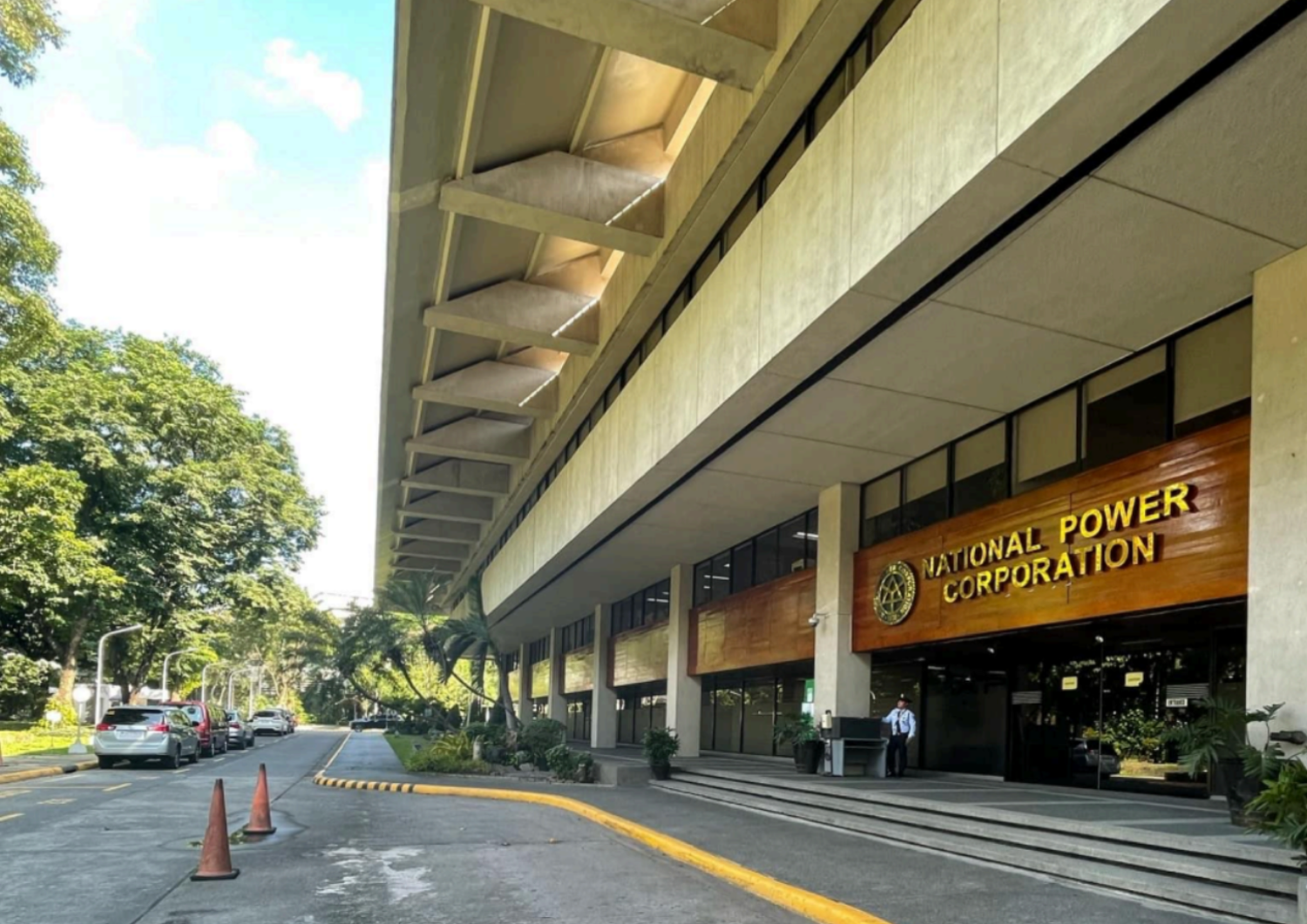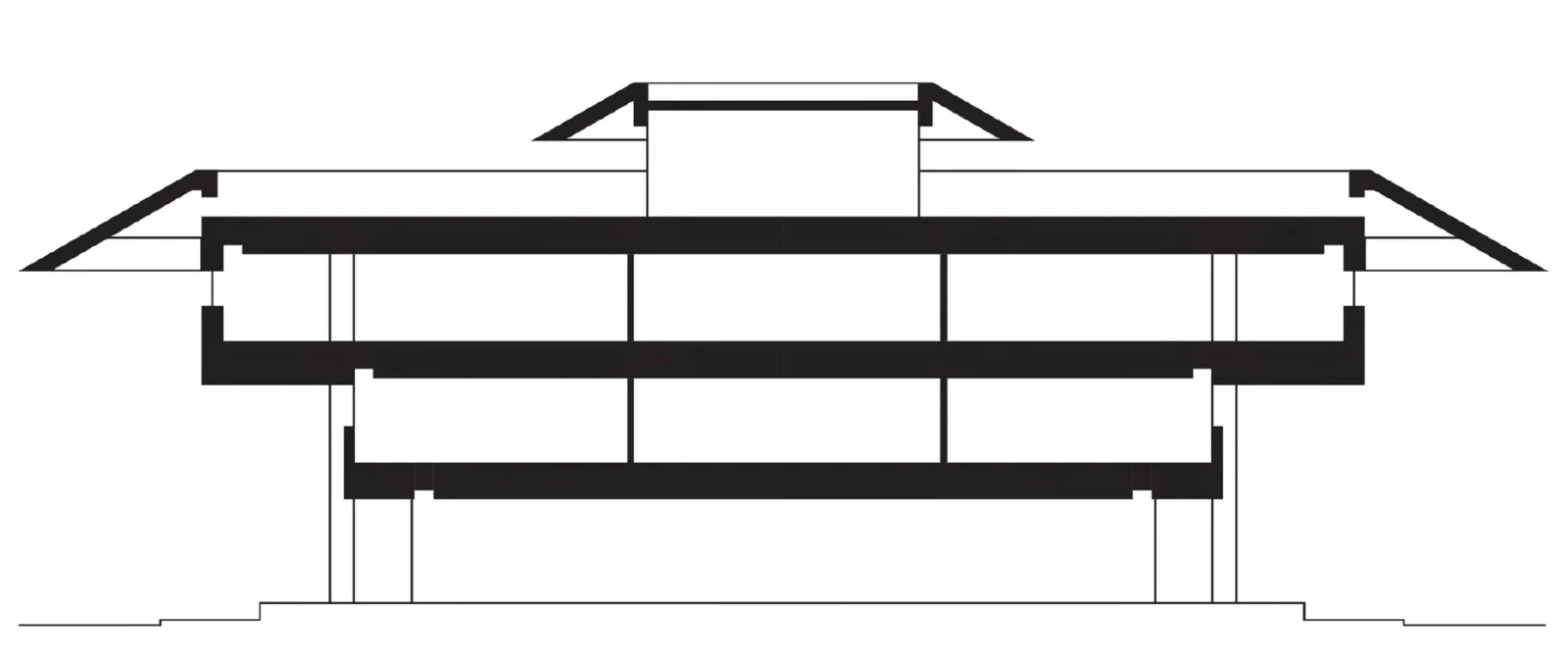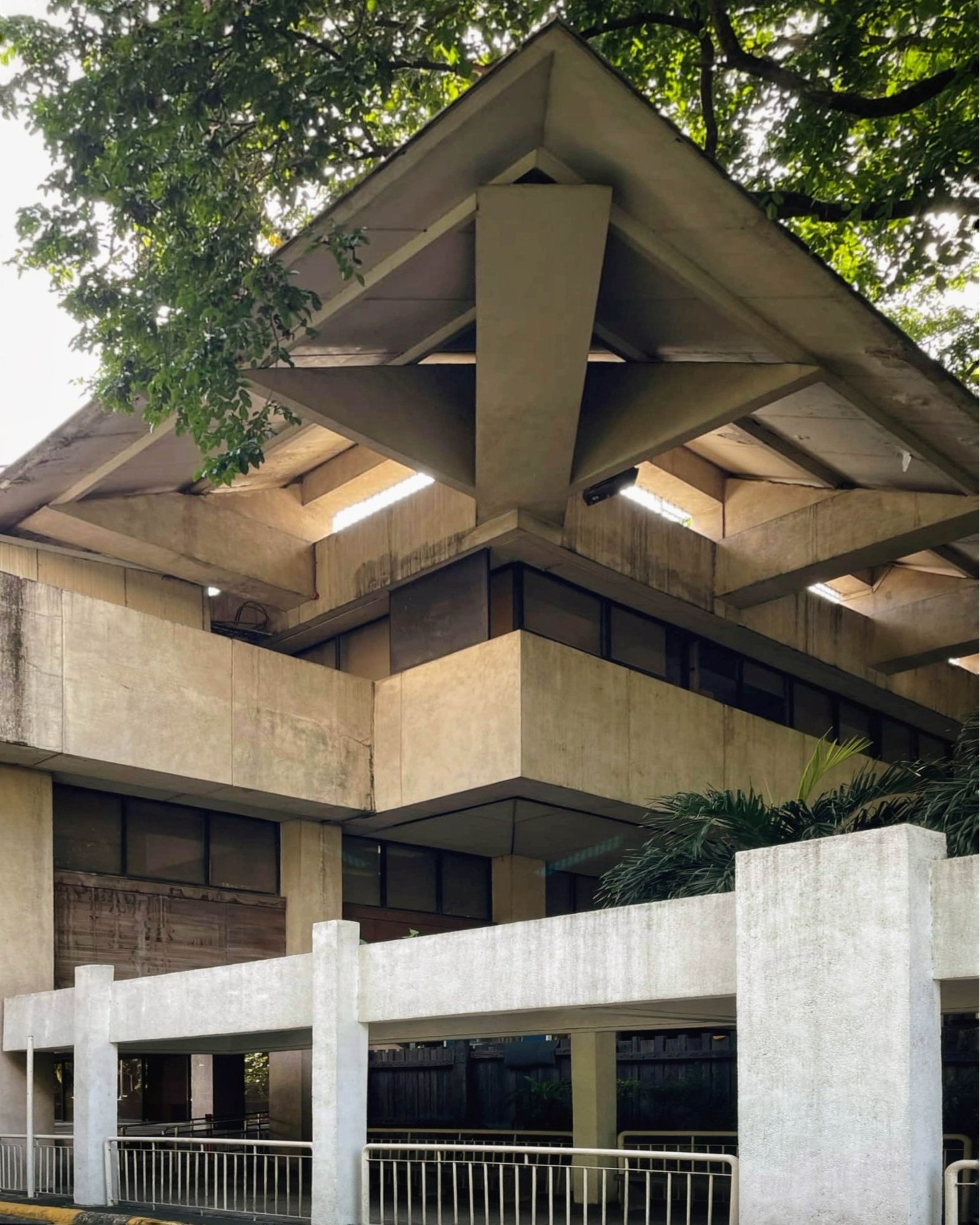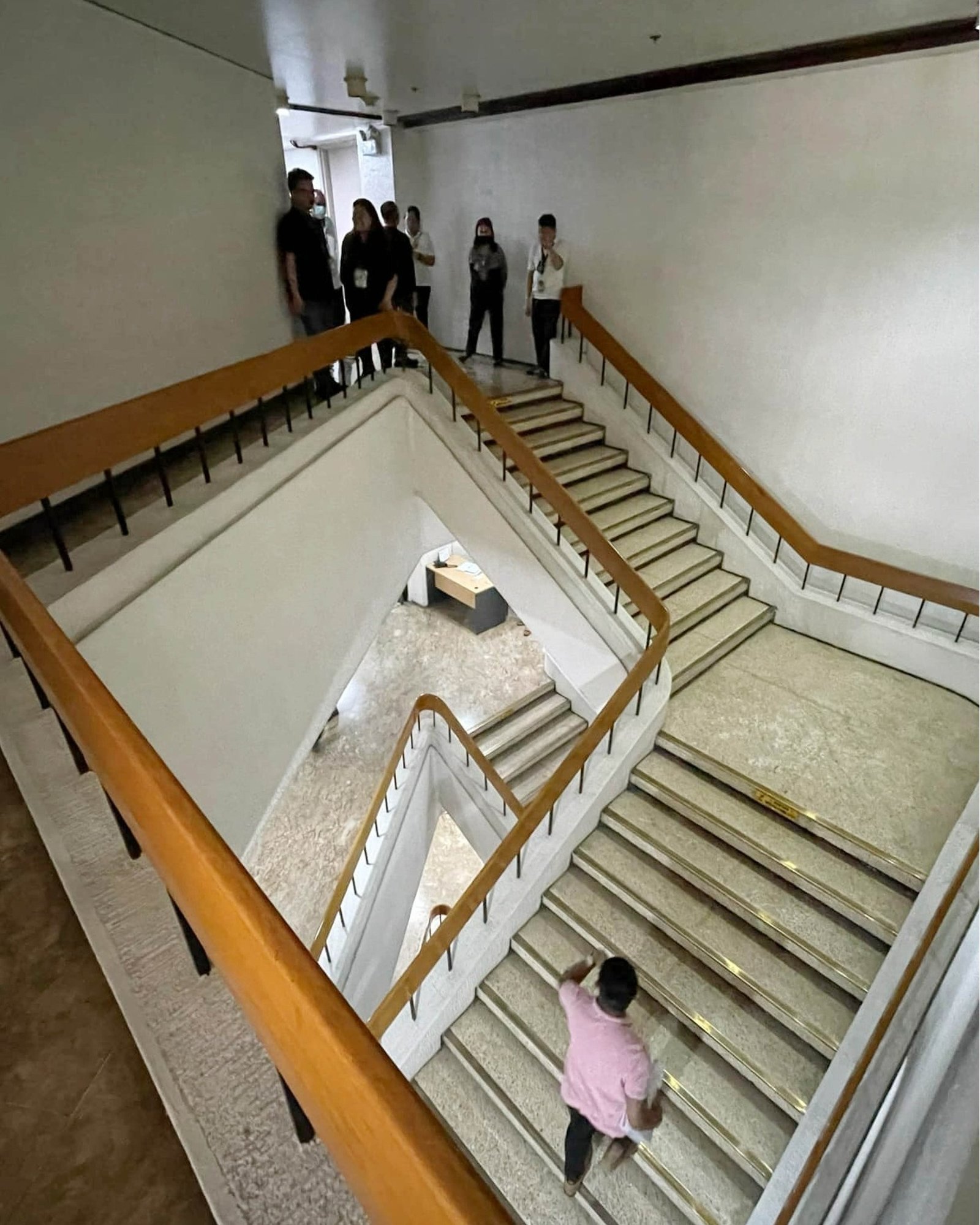Words Gabrielle de la Cruz
Images Caryn Paredes-Santillan and Brutalist Pilipinas (NPC Buildings)
Yesterday, June 26, 2025, it was reported that the National Commission for Culture and the Arts (NCCA) declared the National Power Corporation Buildings (also known as NAPOCOR or NPC Buildings) by National Artist for Architecture Leandro Locsin as an Important Cultural Property (ICP). The announcement was made in a Facebook post by NCCA Commissioner for Cultural Heritage Ivan Henares.
The declaration happened nearly a year after the NCCA shared that the Power Sector Assets and Liabilities Management Corporation (PSALM) filed a petition to remove the buildings’ presumption as an ICP, with a notice to the public served last July 23, 2024. Heritage conservation platform Brutalist Pilipinas called to oppose PSALM’s petition two days after, encouraging members of the public to send their letters of position to the Declaration and Public Heritage Section of the Cultural Properties Regulation Division until August 9, 2024. A position paper was submitted by Brutalist Pilipinas on August 9, 2024, and then published on August 13, 2024.
NCCA publicized the petition to declare the NPC Buildings as an ICP on June 4, 2025. Public positions were received by the commission until June 24 (Tuesday).


In the petition, it was cited that Brutalist Pilipinas and the Heritage Conservation Society filed the petition on seven (7) grounds. First, that the NPC Buildings were designed by National Artist for Architecture Leandro Locsin, and that elements and concepts in the buildings’ design clearly link to other structures in Locsin’s body of work. The second referred to the architectural design of the NPC Buildings, saying that it reflects the prevalent brutalist architecture of the period at the time of construction. This is followed by a premise that the buildings are historically significant for reflecting the political and economic aspirations of the post-war independence period.
“Contrary to the PSALM petition, we believe that the NPC Buildings possess exceptional cultural, artistic, and historical significance,” Brutalist Pilipinas said in a post, one that they also discussed in the petition. The petition also touched on how the buildings carry the characteristics of Locsin and how they are culturally significant for being representative of Philippine built heritage in the brutalist style of architecture. It was also argued that the NPC Buildings are historically significant for being part of the historical Diliman Quadrangle.
Design-wise, the NPC Buildings are defined as a pair of rectangular 4-story structures linked by a bridgeway. Brutalist Pilipinas described the overall design of the two buildings as “characterized by the upward progression of long horizontal masses held up by a series of columns, an ensemble that creates a sense of weightlessness on the facade.” In the position paper, it was stated that the structure is “an abstraction of a stilted bahay kubo in form and function,” and that “it is rather poetic for the design to emulate a humble residential hut, the simplest of structures, for which the NPC is mandated to generate power.” NCCA added in its discussion that “as a rare instance of a Locsin design incorporating wood in its facade, it must be preserved.”
Site diagram and cross-section of the NPC Buildings, illustrated by Eldry John Infante
Last year, Locsin’s Nutrition Center of the Philippines was declared an ICP in January, highlighting its cultural and historical significance. The structure has long been the headquarters of the National Nutrition Council, “the country’s highest policy-making and coordinating body on nutrition.” Its declaration was supposed to be followed by the designation of Carmen Apartments by Carlos Arguelles as an ICP, initially announced in April 2024. Unfortunately, the NCCA rescinded its opposition to remove the presumption of the building as an ICP come June, leaving the heritage community saddened over the loss of another Arguelles structure. It can be recalled that Philam Life Theater, arguably the architect’s most prominent work, was demolished in 2020.
Thankfully, the recent declaration now safeguards the NPC Buildings, as Article III, Section 5 of R.A. 10066 or the National Cultural Heritage Act of 2009 states that the designation as an ICP is “for purposes of protecting a cultural property against exportation, modification or demolition.”
An Important Cultural Property designation is given to a cultural property for “having exceptional cultural, artistic, and historical significance to the Philippines.” It is important to note that the designation of the NPC Buildings as an ICP highlights how the works of National Artists and remarkable Filipino architects such as Locsin contribute to our national and cultural identity, and how they must, in turn, be protected.


We complete this announcement with a statement from the NCCA: “The National Power Corporation (NPC) Buildings continue to stand as rare and intact examples of the visionary design of National Artist for Architecture Leandro V. Locsin; structures that embody collaborative, multidisciplinary design processes and reflect the postwar aspirations of then a newly emerging Philippine Republic.
As vital components of our built heritage, this declaration of the NPC Buildings as Important Cultural Property ensures their protection and rightful place in our nation’s cultural narrative.” •






One Response
Mabuhay ang National Power Corporation. Mabuhay ang mga agencies at mga taong nagsusulong at ipaglaban ang kahalagahan ng NAPOCOR. God bless you all. 🙏